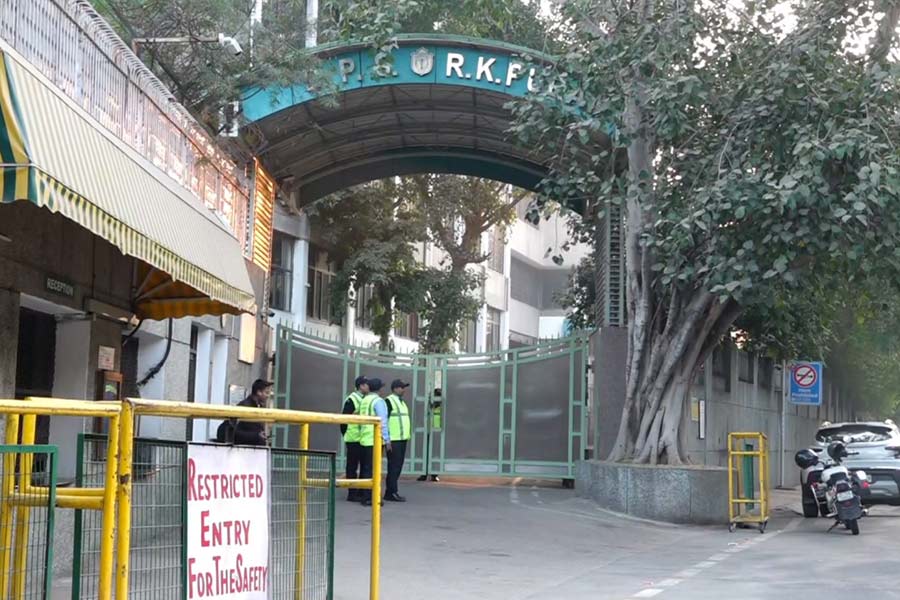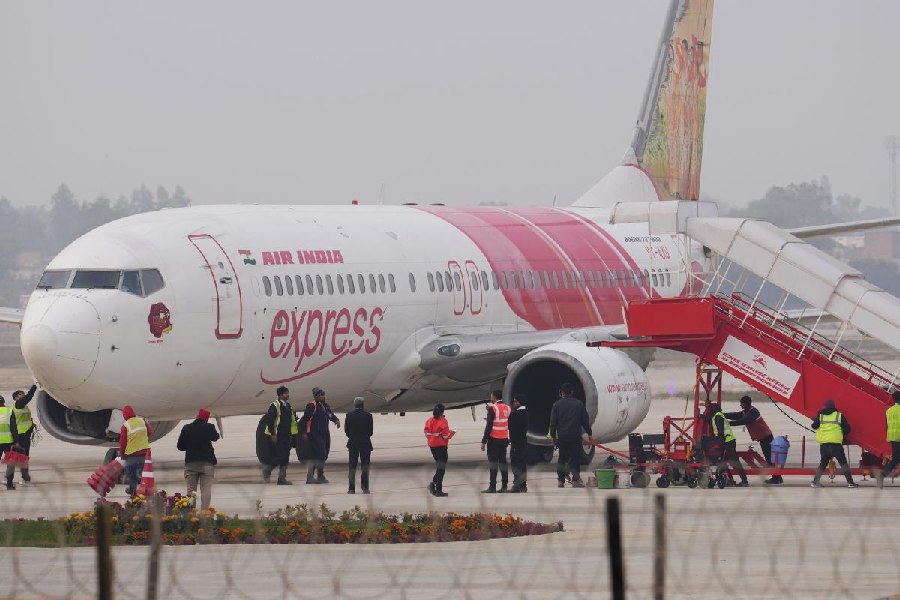With deficit liquidity in the system, the bond markets are watching the Reserve Bank of India’s response — whether it will announce a variable rate repo auction (VRR) to inject liquidity.
For the first time this fiscal, system liquidity shifted to deficit from surplus this week, attributed to the recent introduction of incremental cash reserve ratio (I-CRR) and GST outflows. India’s banking system has been in a surplus mode on account of the return of Rs 2000 banknotes in the system and a pickup in government spending.
The overall daily absorption by the RBI under the liquidity adjustment facility (LAF) — an indicator of surplus in the system — stood at Rs 1.7 lakh crore in June which rose to Rs 1.8 lakh crore in the following month.
However, the RBI injected liquidity worth Rs 23,644.43 crore on August 21 and Rs 15,552.43 crore on August 22.
A banker said the deficit is on account of I-CRR, which has drained out liquidity of more than Rs 1 lakh crore, and GST outflows which happens around the 20th of every month.
He said the RBI intervention in the forex market also results in rupee getting sucked out of the system, though this is of a temporary nature.
Under I-CRR, banks have to maintain 10 per cent cash reserve ratio on their incremental deposits between May 19 and and July 28, 2023. The I-CRR rule will be reviewd on September 8. The banking system’s surplus liquidity stood at Rs 1.21 lakh crore on August 13, down from Rs 2.64 lakh crore on August 10, due to the I-CRR impact.
The banker said this is not the first time the system is witnessing such ``intermittent’’ deficit scenario and it remains to be seen if the RBI comes out with a VRR auction.
The tight liquidity conditions have however, resulted in inter-bank call money rates rising even above the marginal standing facility (MSF) rate which is now at 6.75 per cent.
The MSF rate is that at which banks can borrow emergency funds from the RBI while call money is short-term funds borrowed and lent by banks.
According to CCIL data, the call money rate on Wednesday touched a high of 6.96 per cent after opening at 6.85 per cent. However, the last traded rate was 6 per cent against 6.65 per cent earlier. The weighted average rate though firm was steady at 6.77 per cent.











